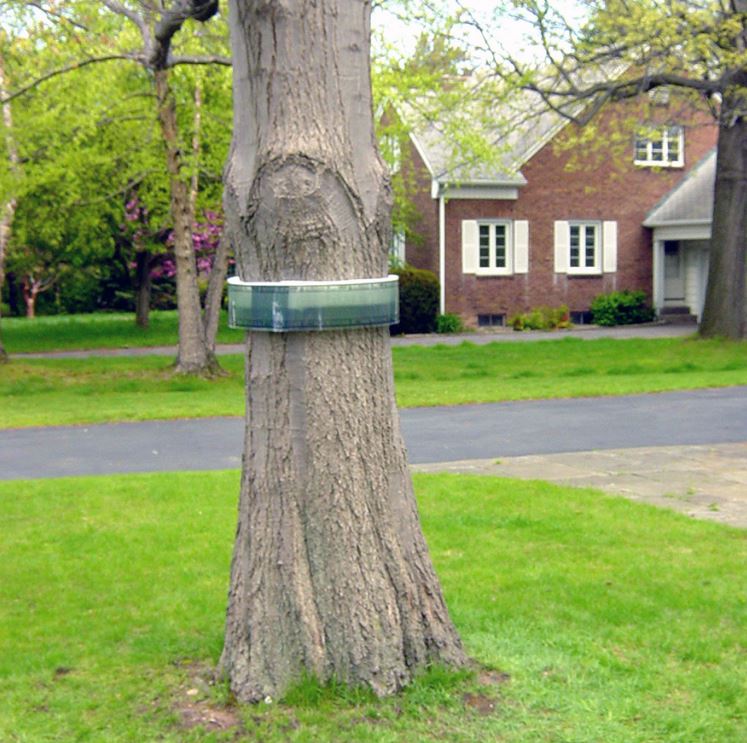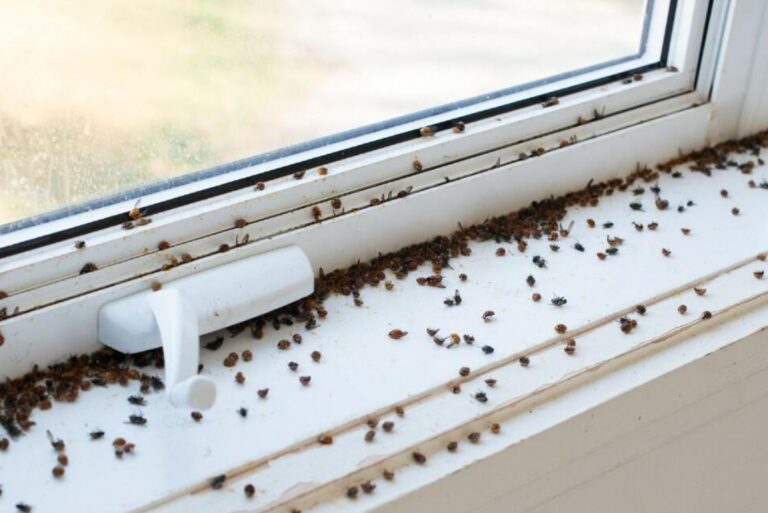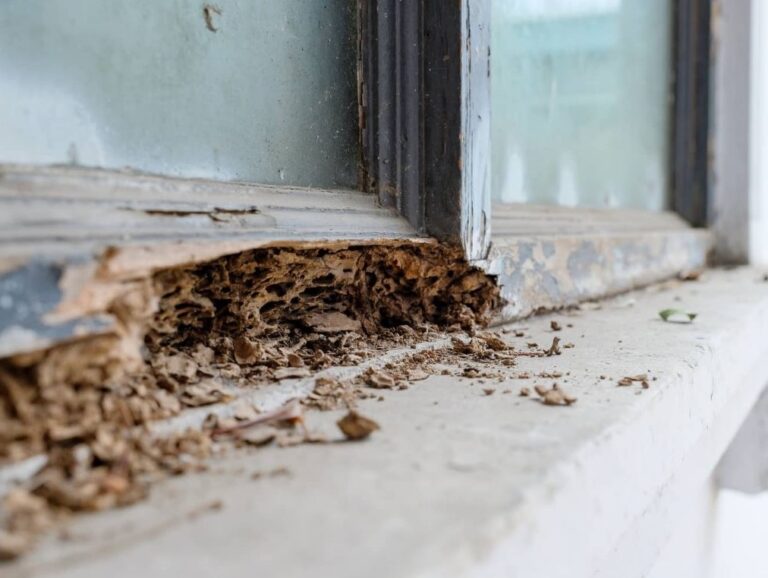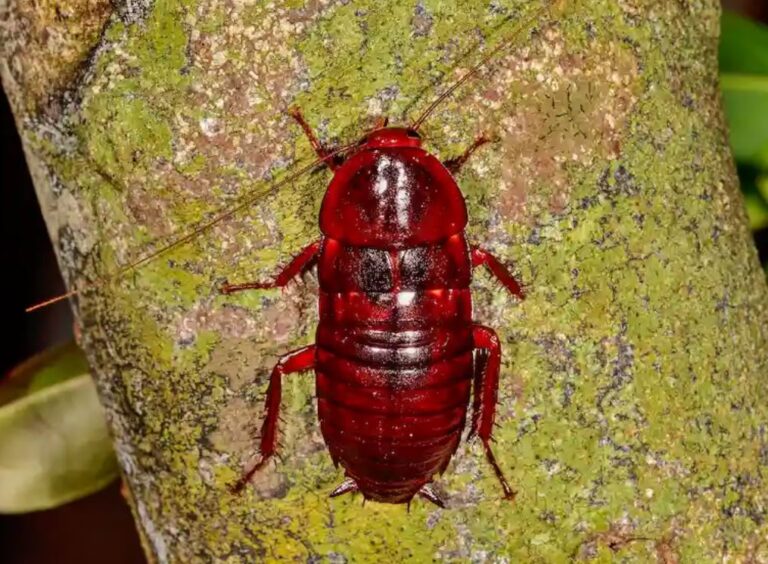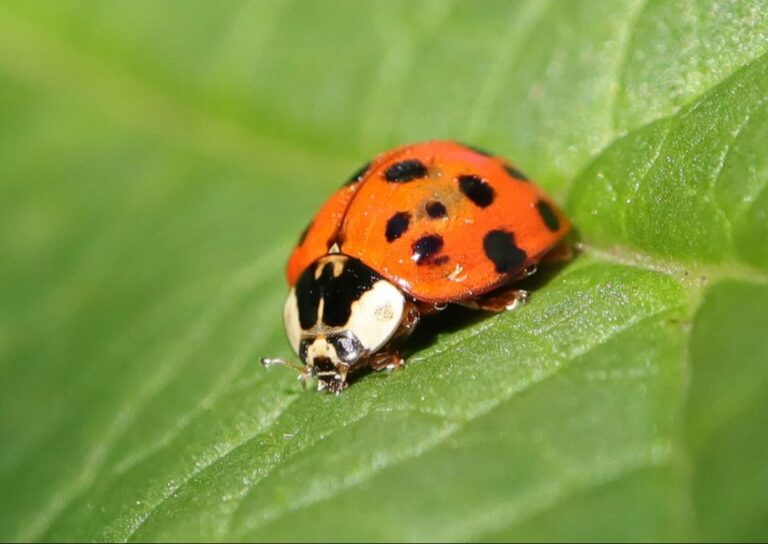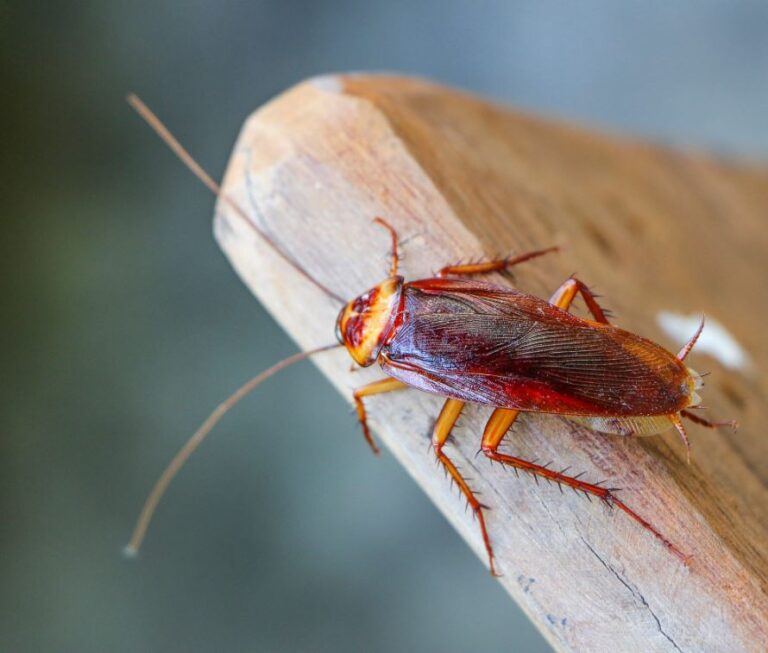What is Tree Banding? – The Full Guide
Introduction
Have you ever noticed colorful bands wrapped around tree trunks and wondered what they’re for? These bands, known as tree bands, serve an essential purpose in protecting trees from pests and environmental stressors. Whether you’re a homeowner, gardener, or arborist, understanding tree banding can help you maintain healthier trees and prevent infestations.
In this comprehensive guide, we’ll explore:
- What tree banding is
- The different types of tree bands
- Benefits of tree banding
- How to apply tree bands correctly
- Common pests controlled by tree banding
- Best practices for effective tree protection
Let’s dive in!
What is Tree Banding?
Tree banding is a protective technique where a sticky or physical barrier is wrapped around a tree trunk to prevent crawling insects and pests from climbing up and damaging the foliage, fruits, or bark. It is commonly used in orchards, gardens, and urban landscapes to control pests without relying heavily on chemical pesticides.
How Does Tree Banding Work?
- Sticky Bands trap insects as they attempt to crawl up the trunk.
- Physical Barriers (like fabric or plastic) block pests from reaching the canopy.
- Repellent Bands may contain natural deterrents to keep pests away.
Tree banding is particularly effective against wingless insects that rely on climbing the trunk to reach leaves and fruits.
Types of Tree Bands
Different tree bands serve various purposes. The most common types include:
1. Sticky Bands (Adhesive Bands)
- Coated with a non-drying glue that traps insects.
- Effective against ants, caterpillars, and cankerworms.
- Must be replaced periodically as debris accumulates.
2. Barrier Bands (Non-Sticky Wraps)
- Made of materials like fabric, burlap, or plastic.
- Physically block pests such as gypsy moths and borers.
- Often used in winter to prevent rodents from gnawing bark.
3. Insecticide-Treated Bands
- Contain slow-release pesticides to kill or repel pests.
- Used for borers and beetles that burrow into bark.
- Should be used cautiously to avoid harming beneficial insects.
4. Grease or Tanglefoot Bands
- A thick, sticky substance applied directly to the trunk.
- Stops crawling insects like weevils and aphids.
- Requires reapplication after rain or dust buildup.
Benefits of Tree Banding
Why should you consider tree banding? Here are the key advantages:
✅ Eco-Friendly Pest Control – Reduces the need for chemical sprays.
✅ Targeted Protection – Specifically stops crawling pests without harming pollinators.
✅ Prevents Disease Spread – Many pests carry fungal spores (e.g., oak wilt beetles).
✅ Cost-Effective – Cheaper than repeated pesticide applications.
✅ Non-Toxic to Pets & Wildlife – Unlike some chemical treatments.
How to Apply Tree Bands Correctly
Proper application ensures maximum effectiveness. Follow these steps:
Step 1: Choose the Right Band for Your Pest
- Identify the pest (e.g., gypsy moths, ants, borers) before selecting a band.
Step 2: Prepare the Tree Trunk
- Clean the bark to remove dirt and loose debris.
- Smooth rough bark to ensure the band adheres properly.
Step 3: Wrap the Band at the Right Height
- Place bands 3-4 feet above ground for most pests.
- For winter protection, wrap near the base to deter rodents.
Step 4: Secure the Band Properly
- Use waterproof tape or wire to hold barrier bands in place.
- Ensure sticky bands form a complete seal with no gaps.
Step 5: Monitor and Replace as Needed
- Check bands weekly for trapped pests and debris.
- Replace sticky bands when they lose effectiveness.
Common Pests Controlled by Tree Banding
| Pest | Damage Caused | Best Band Type |
|---|---|---|
| Gypsy Moths | Defoliate trees | Sticky or barrier bands |
| Ants | Farm aphids on leaves | Sticky bands |
| Cankerworms | Eat young leaves | Grease bands |
| Borers | Tunnel into bark | Insecticide-treated bands |
| Weevils | Notch leaves & fruits | Tanglefoot bands |
Best Practices for Effective Tree Banding
✔ Apply Bands Before Pest Activity – Early spring for cankerworms, fall for moths.
✔ Combine with Other IPM Strategies – Use bands alongside pruning and traps.
✔ Avoid Harming Beneficial Insects – Place bands where only pests are affected.
✔ Remove Bands After Season – Prevents bark damage and moisture buildup.
Conclusion
Tree banding is a simple yet powerful method to protect trees from destructive pests while minimizing chemical use. Whether you’re dealing with caterpillars, ants, or borers, the right band can make a significant difference in your tree’s health.
Have you tried tree banding before? Share your experiences in the comments!
For more tree care tips, subscribe to our newsletter or follow us on social media. 🌳🛡️

